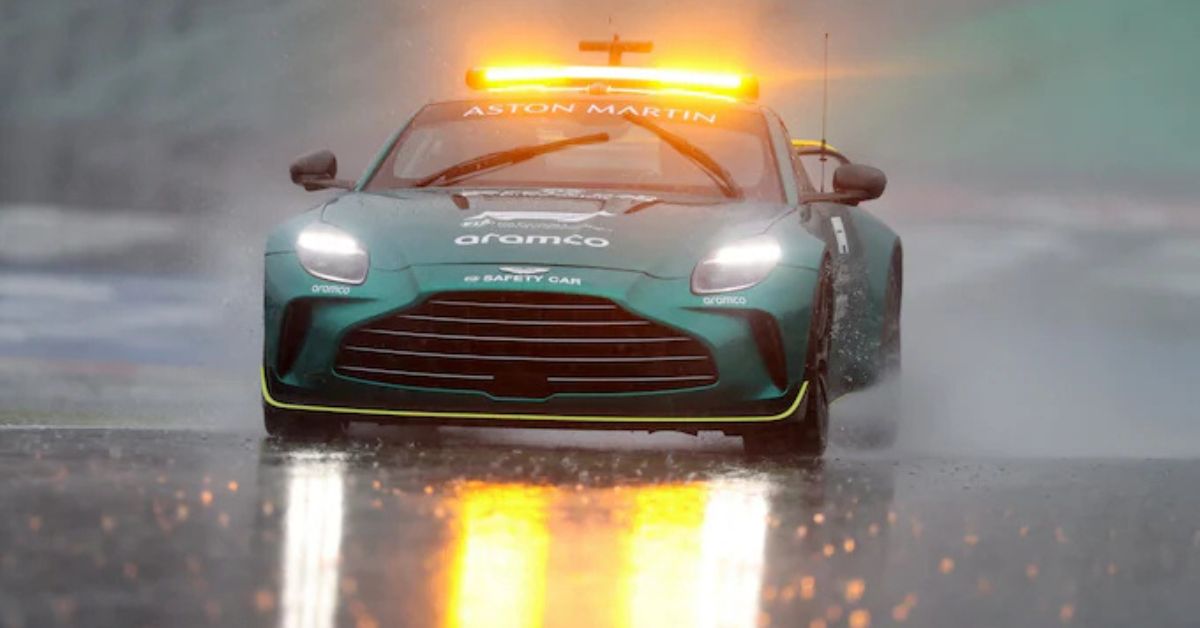The Brazilian GP qualifying faced unexpected delays on Saturday due to a storm hitting the city of Sao Paulo. While the sprint race ran in dry conditions earlier in the day, heavy rain, thunder, and lightning halted the feature race qualifying, which is now scheduled for Sunday morning.
Norris took the sprint race earlier on Saturday after he was aided by his teammate Oscar Piastri who let him past moments before the Virtual Safety car arrived. Max Verstappen, who started 4th on the grid, finished a respectable 3rd after overtaking Ferrari’s Charles Leclerc on lap 17.
McLarens were expected to be the fastest in qualifying, but a late downpour meant that the session had to be postponed to Sunday morning, given the suitable conditions.
Mohd Faisal Hakak is a sports author from Kashmir. He likes to keep tabs on the sporting world with a keen interest in football, motorsports, NBA, and other marquee sports. He is a science graduate from Islamia College Srinagar.

